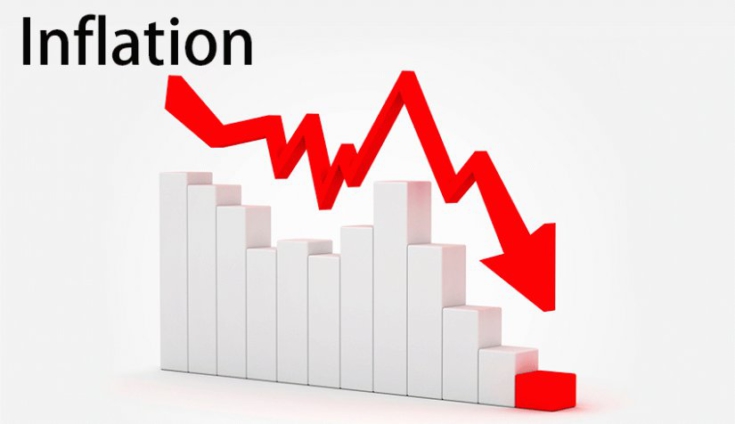Data released by the Ghana Statistical Service indicates that inflation in Ghana has witnessed a significant decline for the third consecutive month, reaching a 14-month low of 35.2% in October.
This marks a substantial reduction from the figures of 38.1% in September and 40.1% in August
The government statistician, Samuel Kobina Annim, announced on Tuesday in Accra that the decrease was primarily attributed to a notable reduction in food prices during the period from September to October 2023. The annual inflation rate showed a cooling trend, dropping to 35.2% from 38.1% in September.
He explained that year-on-year inflation for October 2023 at 35.2% is 2.9 percentage points lower than the rate recorded in September 2023 (38.1%). Additionally, month-on-month inflation for October 2023 was 0.6%, reflecting a 1.3 percentage point downward change.
Notable disparities were observed in the inflation rates between food and non-food items. Food inflation stood at 44.8%, showing a reduction of 4.6 percentage points from September, while non-food inflation decreased by 1.6 percentage points to 27.7%.
Further analysis revealed that locally imported items experienced an inflation rate of 34.4%, which was 2.6 percentage points lower than imported items, registering 37.0%.
Certain divisions recorded inflation rates higher than the national average of 35.2%. These included alcoholic beverages, tobacco, and narcotics (45.7%); personal care, social protection, and miscellaneous goods and services (45.0%); food and non-alcoholic beverages (44.8%); and furnishings, household equipment, and routine household (40.9%). Conversely, insurance and financial services recorded the lowest rate of inflation at 5.5%.
Regarding regional variations, the North East Region led with the highest inflation rate at 47.5%, closely followed by the Eastern (46.6%) and Western (46.0%) regions. Eight regions recorded rates higher than the national average.
Food and non-alcoholic beverages remained the major drivers, constituting more than half (55.1%) of inflation, followed by transport (7.6%), housing, water, electricity, gas, and other fuels (7.5%), and clothing and footwear (7.1%) in October 2023.
Analyzing food inflation on a year-on-year basis (44.8%) for October 2023, the top five contributing subclasses were: vegetables, tubers, plantains, cooking bananas, and pulses; fish and other seafood; ready-made food and other food products; cereals and cereal products; and live animals, meat, and other parts of slaughtered land animals.









